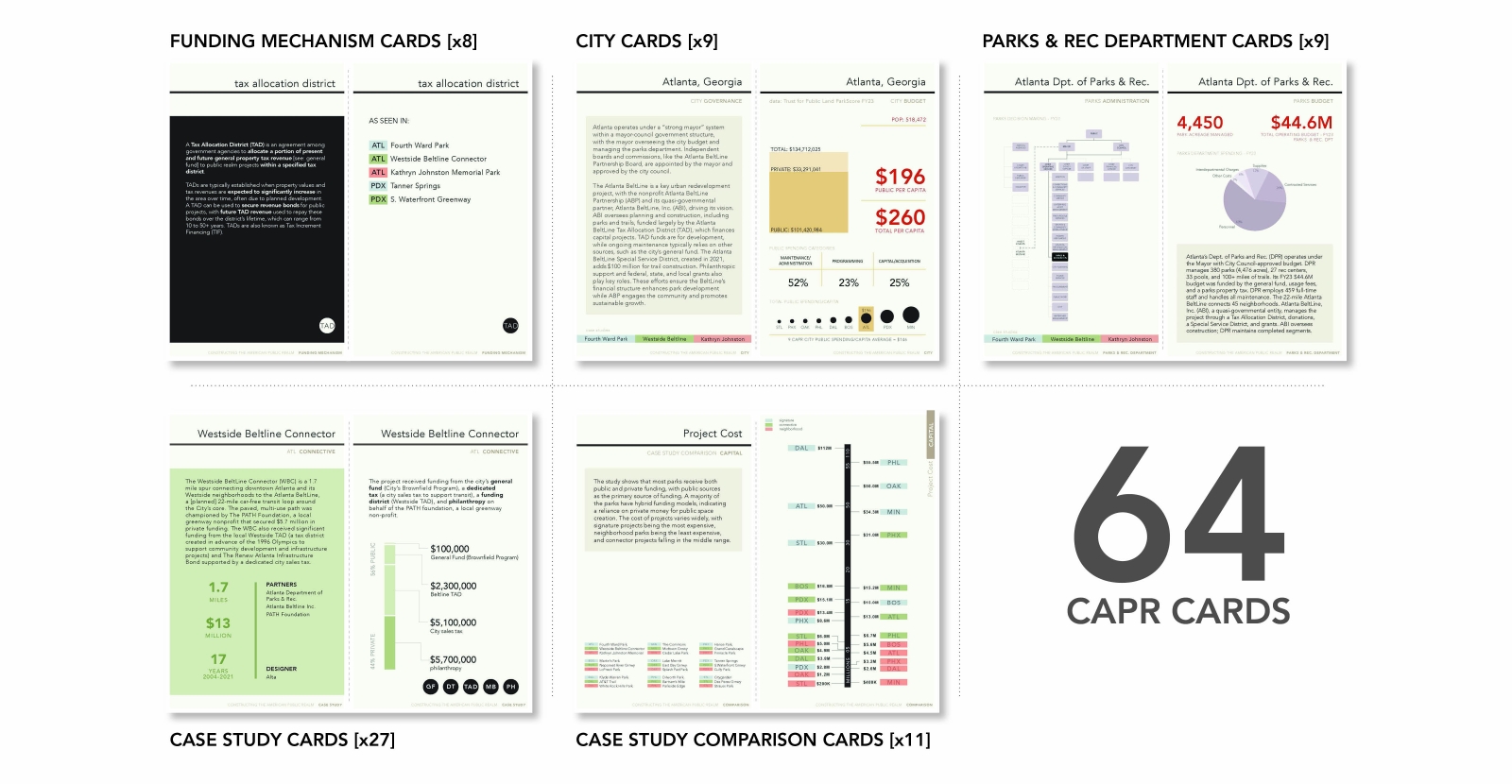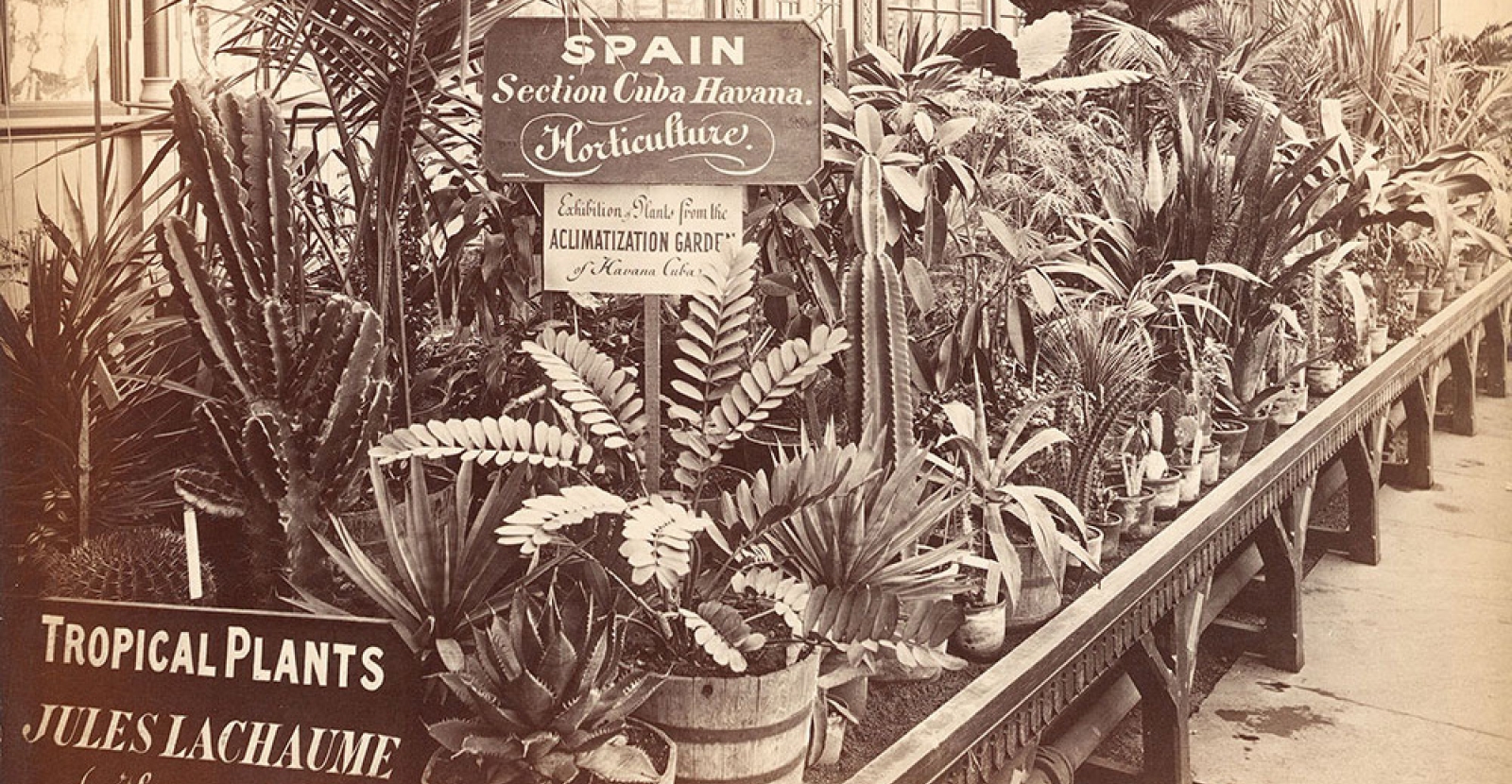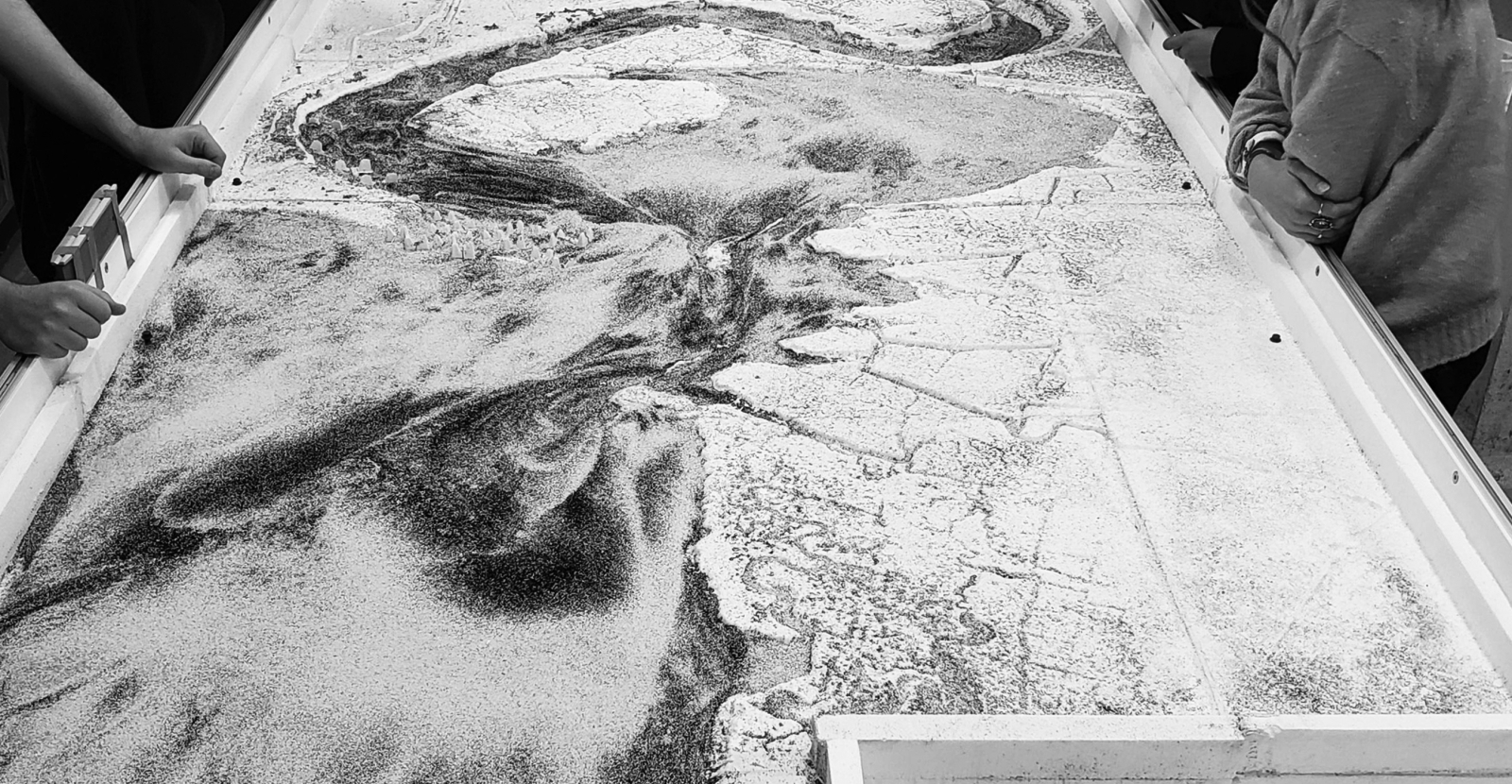Join our mailing list and receive invitations to our events and updates on our research in your inbox.
Perspectives

PERSPECTIVES 01: Constructing the American Public Realm
The research project “Constructing the American Public Realm” (CAPR), initiated by Christopher Marcinkoski at the McHarg Center and in ongoing collaboration with the team at PORT Urbanism, examines how Public space is conceived, funded, built, and administrated across nine American cities. CAPR focuses on capital structures and governance models, creating a framework to compare municipal strategies on creating and operating public space, revealing idiosyncrasies in how these processes and investments are deployed. This research led to the creation of a 64-card Public Space Funding Primer—a tool designed to distil complex funding models, governance structures, and investment mechanisms into an accessible format so that people can better understand how public space is made and managed. The cards allow designers, policymakers, and community members to ask “How did other cities get these projects done? How are they paying for this work and structuring projects for long-term success?” CAPR aims to better support advocacy and informed decision-making around the public realm, both in and beyond the design profession.
CAPR has been made publicly accessible through PORT’s design practice and has been presented to professional associations that focus on the built environment and public realm including the National Mayors’ Institute on City Design, the National Recreation and Park Association, the American Institute of Architects, and the American Society of Landscape Architects.
Christopher Marcinkoski sat down with his research assistant and PORT collaborator Lillia Schmidt (MLA ‘25) to discuss this ongoing work.
Read More
CAPR has been made publicly accessible through PORT’s design practice and has been presented to professional associations that focus on the built environment and public realm including the National Mayors’ Institute on City Design, the National Recreation and Park Association, the American Institute of Architects, and the American Society of Landscape Architects.
Christopher Marcinkoski sat down with his research assistant and PORT collaborator Lillia Schmidt (MLA ‘25) to discuss this ongoing work.

PERSPECTIVES 01: Adventive America
In advance of the 2026 semiquincentennial of the United States, marking the 250 years since the signing of the Declaration of Independence in Philadelphia in 1776, graduate student researchers have been assisting Catherine Seavitt, Meyerson Professor and Chair of the Department of Landscape Architecture, with a McHarg Center project entitled “Adventive America.” The project explores the narratives of the botanical exchanges of the early republic, acknowledges the agency of plants at both the 1876 Centennial Exposition and along the Delaware River’s wasteland shores, and invokes the critical spirit of the grassroots People’s Bicentennial Commission of 1976. The Centennial Exposition, held at Fairmount Park during the aftermath of the Civil War, reveals fascinating threads of international relations and exchange, the global movement of plant materials, and the role of plants in the economic and industrial history of the United States. With the upcoming 250th anniversary in Philadelphia, this project uses a nontraditional lens to think critically about the making of a nation.
Research assistant Elizabeth VanDerwerken (MLA, MCP ’26) spoke with Catherine Seavitt about the ongoing Adventive America project as well as the broader research interests that inform her work.
Read More
Research assistant Elizabeth VanDerwerken (MLA, MCP ’26) spoke with Catherine Seavitt about the ongoing Adventive America project as well as the broader research interests that inform her work.

PERSPECTIVES 01: Tides of Change
The Environmental Modeling Lab (EMLab) is an applied research unit of the McHarg Center at the University of Pennsylvania, advancing the roles of sensing, simulation, and modeling within the discipline of landscape architecture. The lab specializes in the analysis, simulation, and visualization of coastal landscapes by use of remote sensing, UAV surveys, and ground-truthing fieldwork. Their work bridges the gap between ecological engineering and design fields through the creation of novel environmental datasets, experimental models (digital and physical), and with visual interpretations of complex data. By situating its research at the McHarg Center, the EMLab is able to experiment with novel methodology, and partner with both academic and private-sector collaborators. This intellectual freedom allows the Lab to develop and advance new strategies for protecting and adapting coastlines to the challenges of climate change.
The EMLab’s research touches coastlines from the Great Lakes to the Galápagos, New Jersey to the Gulf Coast. In 2025 the team received a national ASLA Honor Award in Research and a World Landscape Architecture (WLA) award for its modeling and monitoring project “About Time: Adaptive Management for Coastal Salt Marshes,” and is continuing work in collaboration with the University of Auburn, University of Virginia and the US Army Corps of Engineers. More information on the EMLab’s current projects can be found here.
Co-founders Sean Burkholder, Karen M’Closkey, and Keith VanDerSys sat down with EMLab Research Assistants Clarasophia Gust and Mariya Lupandina to discuss the land-water divide in data and technology, the importance of landscape architects’ involvement in creating environmental data, and how an applied research lab within academia can push the landscape discipline to think differently.
Read More
The EMLab’s research touches coastlines from the Great Lakes to the Galápagos, New Jersey to the Gulf Coast. In 2025 the team received a national ASLA Honor Award in Research and a World Landscape Architecture (WLA) award for its modeling and monitoring project “About Time: Adaptive Management for Coastal Salt Marshes,” and is continuing work in collaboration with the University of Auburn, University of Virginia and the US Army Corps of Engineers. More information on the EMLab’s current projects can be found here.
Co-founders Sean Burkholder, Karen M’Closkey, and Keith VanDerSys sat down with EMLab Research Assistants Clarasophia Gust and Mariya Lupandina to discuss the land-water divide in data and technology, the importance of landscape architects’ involvement in creating environmental data, and how an applied research lab within academia can push the landscape discipline to think differently.

PERSPECTIVES 01: Clones Zones and Migrants
This fall, landscape designer and researcher Leah Kahler joined the Weitzman faculty as the 2024-2025 McHarg Fellow. Through multi-sited fieldwork and archival research at the National Agricultural Library, Leah’s work at the McHarg Center documented the expansive socio-ecological geographies of the plant nursery trade. Her research asks how the design and horticultural trades might find new methods for plant selection and sourcing. Kahler’s work reveals the labor and environmental processes that precede a plants’ arrival on a jobsite, re-framing the $13.8-billion US tree and seed nursery industry as an important agent in the material culture of the American built environment. In the spring, Leah taught a graduate-level seminar called “Clones, Zones, and Migrants,” based on her nursery research. This course explored plant migration across cultures and climates, as well as the labor and environmental implications of plant procurement. Through ongoing engagement with professionals and academics, Kahler is encouraging current and future landscape practitioners to reconsider assumptions around the sustainability of landscape construction, “native” planting, and asking how these practices might better align with the field’s aspirations to environmental justice.
Following her culminating lecture titled, “Before a Plant Arrives on Site: Politics, Migrations, and Possibilities of the Plant Nursery Trade,” Leah sat down with one of the students in the seminar, Nitya Patel (MLA ’25) to reflect on the fellowship year.
Read More
Following her culminating lecture titled, “Before a Plant Arrives on Site: Politics, Migrations, and Possibilities of the Plant Nursery Trade,” Leah sat down with one of the students in the seminar, Nitya Patel (MLA ’25) to reflect on the fellowship year.